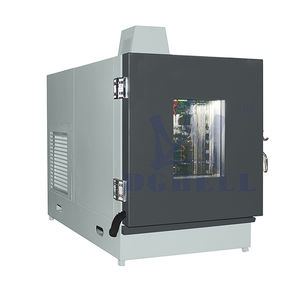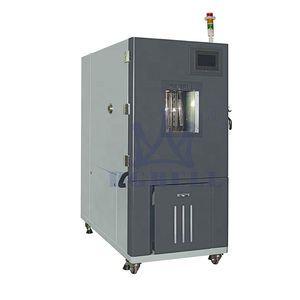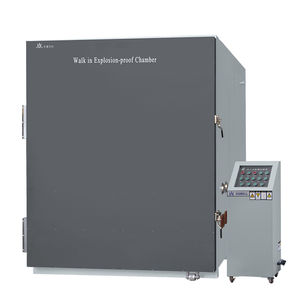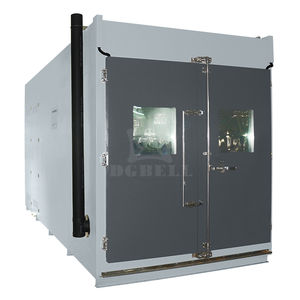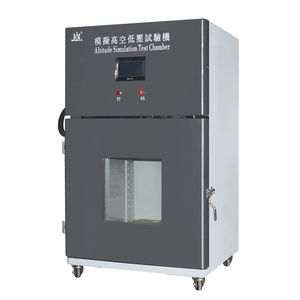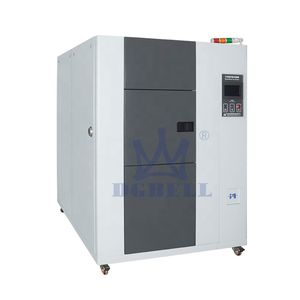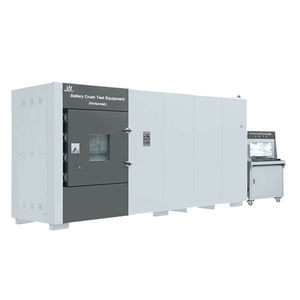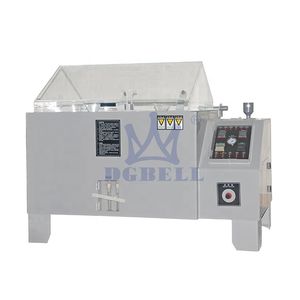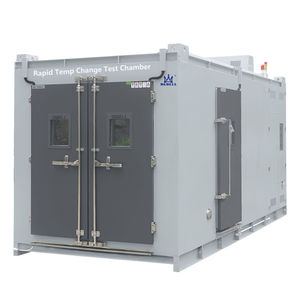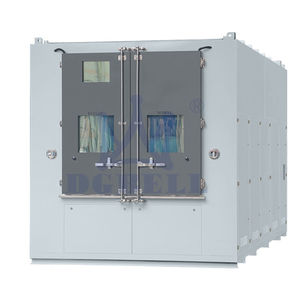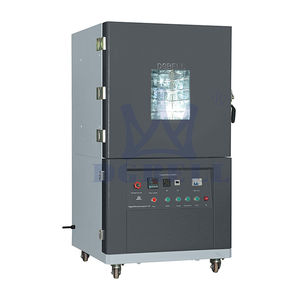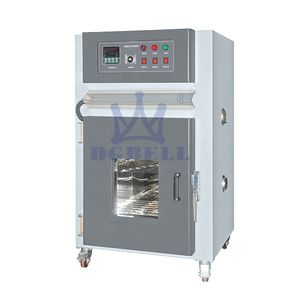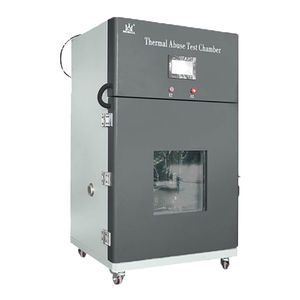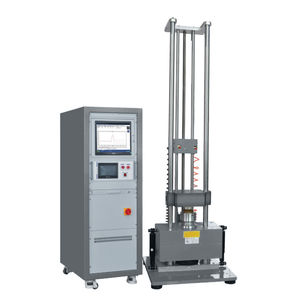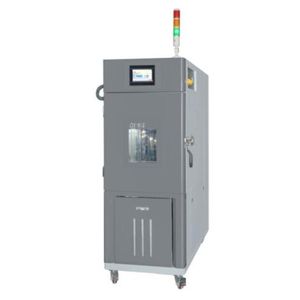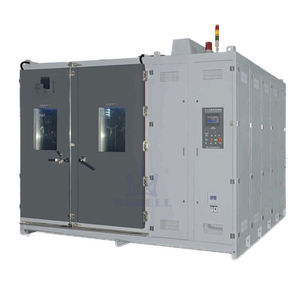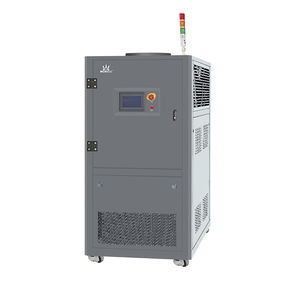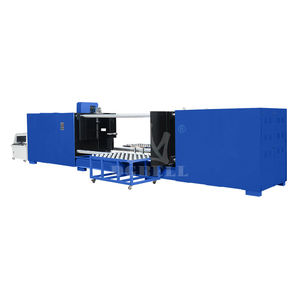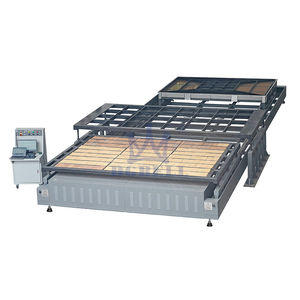
- Metrology - Laboratory
- Metrology and Test Equipment
- Thermal shock testing machine
- Guangdong Bell Experiment Equipment Co., Ltd
- Company
- Products
- Catalogs
- News & Trends
- Exhibitions
Thermal shock testing machine TEMPEBTSPC-controllablebattery


Add to favorites
Compare this product
Characteristics
- Test type
- thermal shock
- Operating mode
- PC-controllable
- Test material
- battery
Description
Thermal Shock testing machine
Thermal Shock test machine is divided into three parts: high and low temperature area, low temperature area and test area, and the test sample is completely static. The unique structure of heat storage and cold storage is adopted, and the hot and cold air path is forced to be switched into the test area to complete the hot and cold temperature shock test. The function of three different conditions of high temperature, low temperature and thermal shock can be independently set. When performing thermal shock conditions, the function of 2 slots or 3 slots can be selected and it has the function of a high and low temperature testing machine.
Application of Thermal Shock Chamber
DGBELL’s Thermal Shock Environmental Test Chamber (3 Zone) consists of the Test Zone, Heat Storage Zone and Cold Storage Zone. The specimen stays in the test zone, hot and cold air will blow from the storage zones to achieve rapid temperature change for thermal shock.
Feature
Faster temperature change rate.
Quick temperature recovery, available for faster shock cycle.
Cable port available for data acquisition.
RS485 communication, Ethernet, available for computer remote control
Programmable
Standard Compliance
IEC68-2-1 Environmental testing – Part 2: Test methods – Tests A: Cold
IEC68-2-2 Environmental testing for electrical and electronic products Test methods – Tests B: Dry Heat
MIL-STD-810D Environmental test methods and engineering guidelines
Catalogs
Other Guangdong Bell Experiment Equipment Co., Ltd products
Hot Products
Related Searches
- Test machine
- Test cabinet
- Material testing machine
- Automatic test machine
- PC-controllable testing machine
- Temperature test cabinet
- Climatic test chamber
- Vertical test machine
- Universal test machine
- Humidity test cabinet
- Industrial test machine
- Digital tester
- Tensile test machine
- Laboratory test machine
- Automatic test equipment
- Industrial testing system
- Precision test machine
- Research and development test machine
- Electromechanical test machine
- Stainless steel test cabinet
*Prices are pre-tax. They exclude delivery charges and customs duties and do not include additional charges for installation or activation options. Prices are indicative only and may vary by country, with changes to the cost of raw materials and exchange rates.




